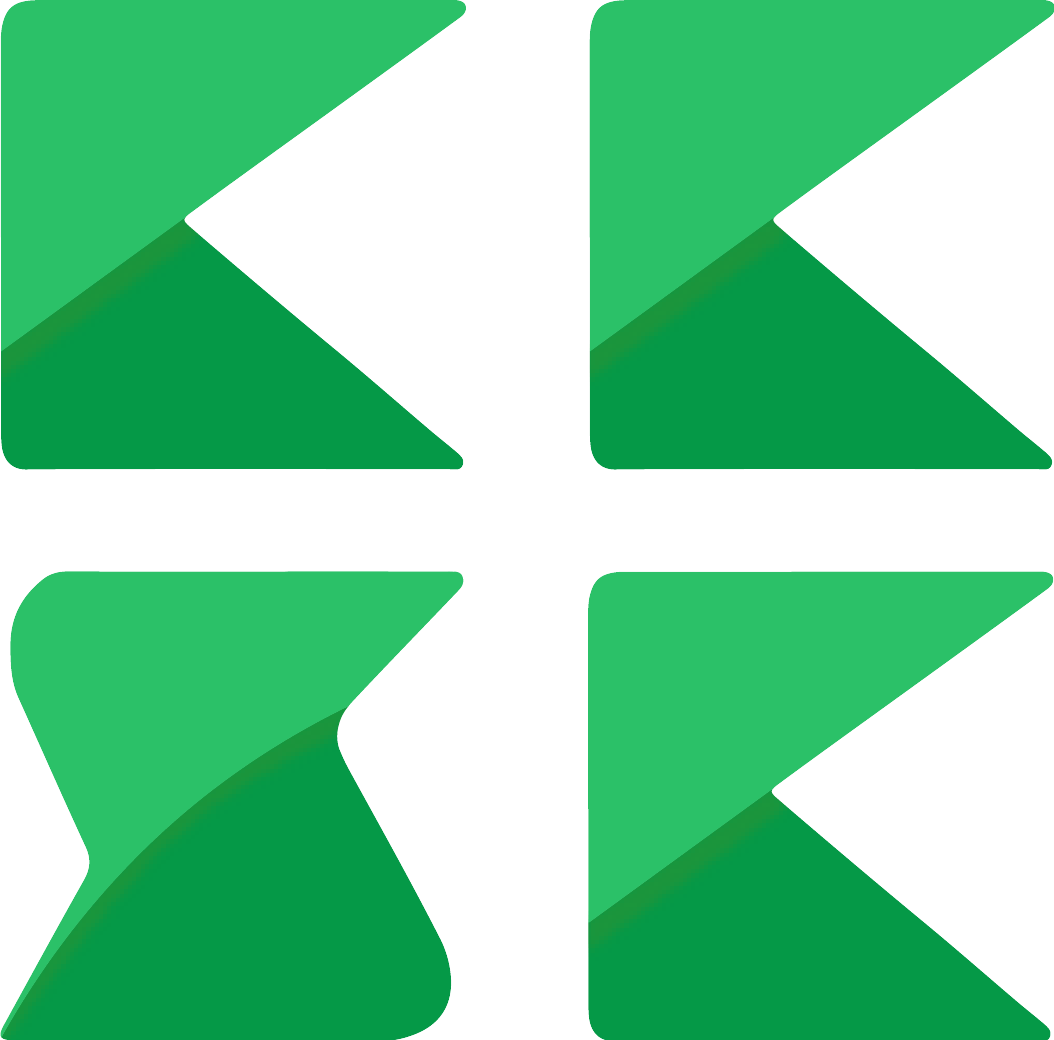Choosing the right leather for your product
Selecting the right leather for your product can seem like a daunting task. But expertise and well sounded advise and guidance would help to make the right choice easier. The domain of Leather Tanning has and still continues to be a closely guarded proprietary knowledge. Even though many books and research papers exist, in addition to the numerous consultants and “leather experts”, frankly the variabilities of the product are enormous enough that no one can truly claim they know everything there is to know about leather.
Leather is a natural product. Unlike Cotton, which is also a natural product, the hides/skins of animals cannot be homogenized to bring in standardized inputs. The skin of the animal is, after removing the unwanted proteins from the surface and the subcutaneous tissue from the bottom is left intact in its optic to get the final product. The skin of an animal is like a Biometric Fingerprint. Every single skin is unique, no two skins are alike. The way a material looks, feels and responds is something that is absolutely unique because every skin has the entire history of the animal, where it was born, how it was reared, how it was slaughtered and what happened post-slaughter.
But a tanner, out of sheer experience & exposure in handling select origin materials for select use cases can guide you to make the right choice. Still, you have to keep in mind, no one is an expert in all skins from all over the world. Everyone are experts at specific origins and cater to specific markets through specific tanning techniques.
Fundamentals to keep in mind before going to a tanner include the following
Have a clear idea on what are the various scenarios the product must be made to perform in. Imagining these scenarios may not be difficult if you know the clear market segment you’re aiming for.
What are the required Physical Parameters needed by the leather to perform in your market segment? Any 3rd Party testing laboratory can advise you on the correct parameters for Leather. A Shoe has different physical norms than bags or automotive upholstery.
On the production side, what is the minimum size range required to get Optimum Cutting value? Origins have varying sizes and if the panel size of the product is quite big, you may need a bigger leather. It is not possible to cut 5 sqft components in a 10 sqft leather as the wastages would be very high and the general cuttability would be low.
What is the minimum thickness required? Indian materials are Light materials. They are known for having tender grain with very fine optic not possible in many materials world over, and lightness to carry which is a benefit for comfort. The tradeoff to this is the limitation to the thickness, and Indian Cow/Calf materials cannot be made in very high thickness for Flat articles without risking looseness.
These are some of the key points to keep in mind, but there are still many more minor details.
We at KKSK have been guiding customers in choosing the right leathers from Indian & select imported origins. Whether that turns into a business or not is secondary. But at the end of the day, knowledge exchange keeps the industry dynamic and updated and we continue to do the same.
